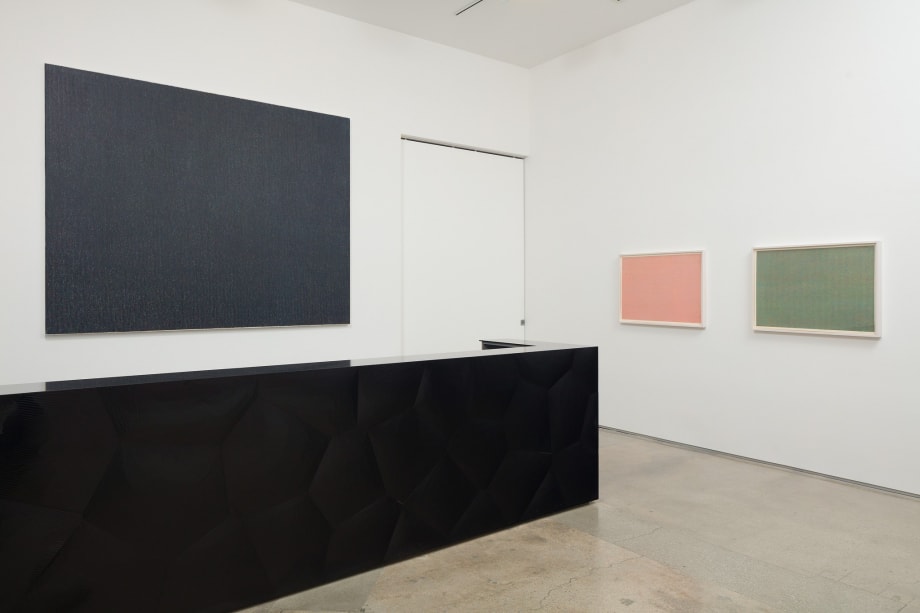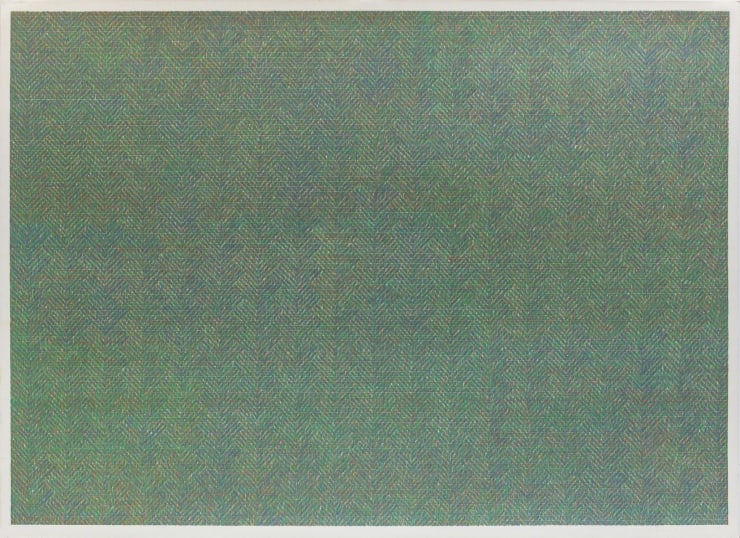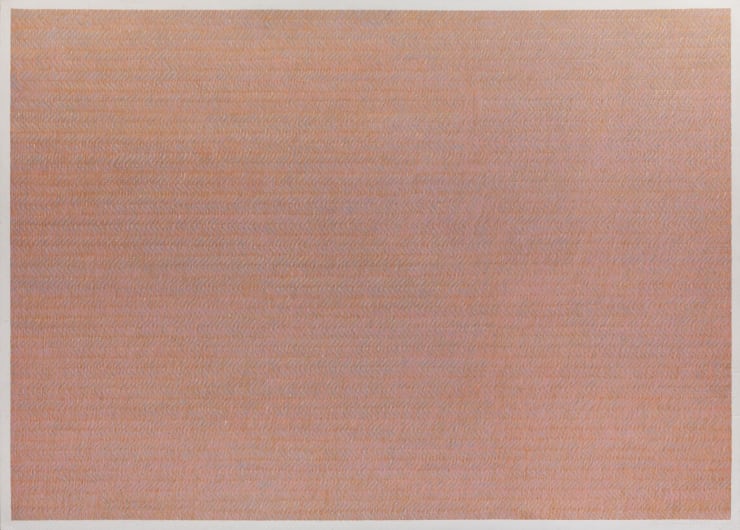Paint into Pattern: Constance Mallinson 1979-1982
Edward Cella Art & Architecture is proud to present a survey of early works by Constance Mallinson in the artists first solo show with the gallery. This gallery exhibition compliments The Museum of Contemporary Art in Los Angeles exhibition, “With Pleasure, Pattern and Decoration in American Art 1972-1985” reconsidering this important, little studied movement. Many of the artists in this exhibition, like Mallinson, were underrecognized for their contributions and are being reconsidered in the wider context of late twentieth century artistic achievements. Their openness to global and ethnic influences, gender inclusion, and alternative voices was invaluable to the vitality of contemporary art today. The MOCA exhibition and this small exhibition of drawings and paintings are a testament to her role in that process.
Edward Cella Art & Architecture is proud to present a survey of early works by Constance Mallinson in the artists first solo show with the gallery. This gallery exhibition compliments The Museum of Contemporary Art in Los Angeles exhibition, “With Pleasure, Pattern and Decoration in American Art 1972-1985” reconsidering this important, little studied movement. Many of the artists in this exhibition, like Mallinson, were underrecognized for their contributions and are being reconsidered in the wider context of late twentieth century artistic achievements. Their openness to global and ethnic influences, gender inclusion, and alternative voices was invaluable to the vitality of contemporary art today. The MOCA exhibition and this small exhibition of drawings and paintings are a testament to her role in that process.
In the early 1970’s Constance Mallinson’s paintings of floating grids of rectangles in pale atmospheric fields were clearly inspired by the formalist and minimalist approaches that dominated late Modernist aesthetics. By the late 70’s, however, the cool reductivism of modular, serial painting had begun to be challenged by artists who wanted to “revitalize the sensuousness of painting” with rich color, personal mark making and sumptuous textures. Such artists who were allied with feminist theory in their aims of more inclusivity in a male dominated art world and less driven by Greenbergian admonitions against narrative and the personal. They called for a “defiant embrace “of forms traditionally coded as “low art”, feminine, domestic, or craft based such as weaving, architectural decorations, quilt making, handicrafts, calligraphy, and decorative ceramic motifs. This attitude quickly materialized into the “Pattern and Decoration Movement”.
Concurrently Mallinson sought ways to reinsert gesture and relief-like surface textures into her paintings in which those qualities, reflecting the rhetoric of minimalism, had all but disappeared. Profoundly influenced by both feminist politics and the Pattern & Decoration artists, she turned to the intricate, often dizzying designs of textiles and embroideries from many cultures for inspiration. Many of those products were grid based, so Mallinson retained an underlying grid structure that had characterized her early abstract paintings as well as the large scale—perceived as a sign of ambitious painting. In a synthesis of minimalism and “maximalism”, she began laboriously layering thousands of tiny brushstrokes or pencil marks in interlocking designs to create dense, sensual fields of impressionistic color
Via herringbones, chevrons, Bargello patterns, and Chinese lattices, viewers were immersed in a meditative experience of endlessly replicating lines and forms. Effectively creating a bridge between the Modernist insistence on flatness and medium purity, Mallinson emphatically emphasized painting’s dependence on and fusion with textiles (canvas) but also asserted the primacy of personal expression and the idiosyncratic mark which had been denigrated more recently in Modernist “high art”. The drawings and paintings on view here evidence her commitment to breaking down those barriers to revivify her painting practice and introduce personal content. They were an important link to her eventual return to figuration in the mid 1980’s.
PUBLIC EXHIBITION PROGRAM
Artist to Artist: Constance Mallinson in conversation with Jeffrey Vallance
Saturday, November 16, 2019 | 4pm @ Edward Cella Art & Architecture
Join Jeffrey Vallance and Constance Mallinson as they interview each other and discuss collecting, curating, and making art in Los Angeles.
ABOUT CONSTANCE MALLINSON
Constance Mallinson (b. Washington, D.C.) has exhibited widely in the United States. Her solo exhibitions include The Armory Center for the Arts, Pasadena, CA; Museum of Art and History, Lancaster, CA; National Academy of Sciences, Washington, D.C.; Los Angeles, Municipal Art Gallery, Los Angeles, CA; Angles Gallery, Los Angeles, CA; Ace Gallery, Los Angeles, CA; and Jason Vass Gallery, Los Angeles, CA. She has been included in group exhibitions at the Pasadena Museum of California Art, Pasadena, CA; Art Center College of Design, Pasadena; CA, Heather James Gallery, Palm Desert, CA; Rosamond Felson Gallery, Los Angeles, CA; Santa Monica Museum of Art, Santa Monica, CA; and The Oakland Museum, Oakland, CA. She was the recipient of a National Endowment for the Arts Fellowship as well as a City of Los Angeles Artist’s grant. In addition to her recent commission for the EXPO Line MTA Bergamot Station permanent artwork installation, she has designed a poster for the MTA Red Line. She was a “Coolglobe” artist whose globe has traveled the world. She has also taught every aspect of art at all the major universities and colleges in Southern California including UCLA and Claremont Graduate School. Her work has been critically acclaimed by notable art critics such as Christopher Knight and articles on her work have appeared in all the major art publications. Her paintings can be seen in major private and public art collections including the Los Angeles County Museum, San Jose Museum of Art, National Academy of Sciences, Washington, DC; and the Orange County Museum of Art.









